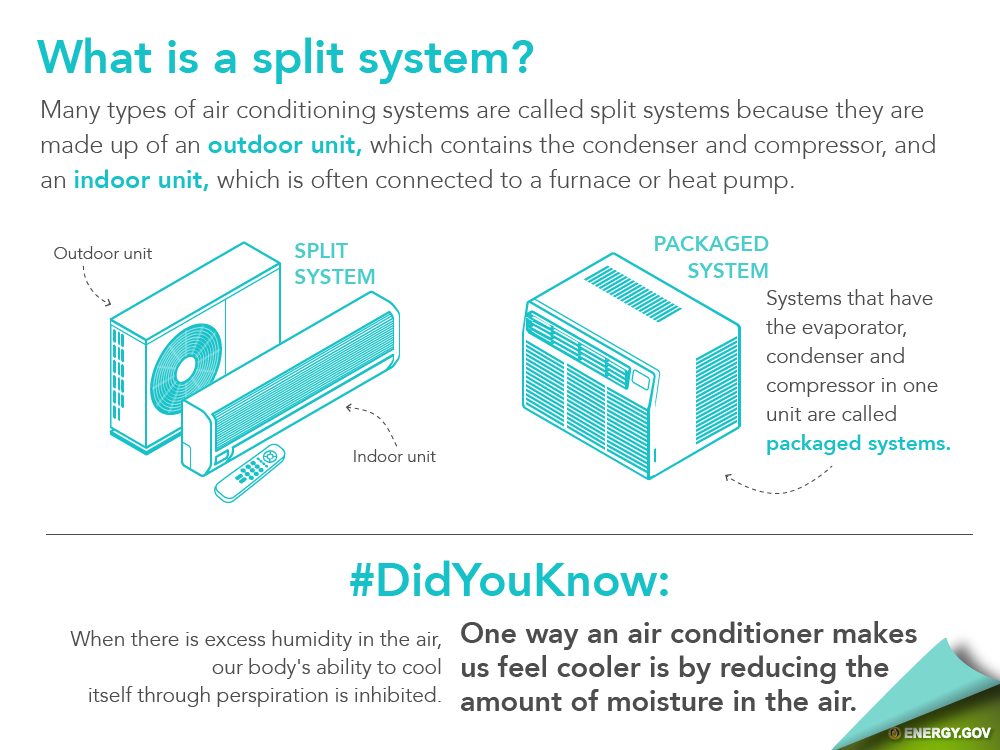The Future Of Home Heating - How Heatpump Innovation Is Evolving
The Future Of Home Heating - How Heatpump Innovation Is Evolving
Blog Article
Short Article By-Svensson Ringgaard
Heat pumps will be a critical technology for decarbonising heating. In a circumstance constant with governments' introduced energy and environment dedications, their worldwide ability doubles by 2030, while their share in heating rises to one-quarter.
They function best in well-insulated homes and count on electricity, which can be provided from a sustainable power grid. Technical advancements are making them much more reliable, smarter and more affordable.
Gas Cells
Heat pumps utilize a compressor, cooling agent, coils and followers to move the air and heat in homes and devices. They can be powered by solar power or power from the grid. They have actually been obtaining popularity because of their affordable, silent procedure and the capability to create electricity during peak power need.
Some companies, like IdaTech and BG MicroGen, are dealing with fuel cells for home heating. These microgenerators can change a gas central heating boiler and generate some of a home's electric needs with a link to the power grid for the remainder.
However there are factors to be hesitant of using hydrogen for home heating, Rosenow states. It would be costly and inefficient contrasted to various other innovations, and it would certainly include in carbon exhausts.
mouse click the following internet site and Connected Technologies
Smart home technology allows house owners to connect and regulate their tools from another location with using mobile phone apps. As an example, wise thermostats can discover your heating choices and immediately adapt to optimize energy consumption. Smart illumination systems can be managed with voice commands and automatically turn off lights when you leave the area, reducing energy waste. And wise plugs can keep track of and handle your electric usage, allowing you to recognize and restrict energy-hungry appliances.
The tech-savvy house depicted in Carina's interview is an excellent image of how occupants reconfigure room home heating methods in the light of brand-new smart home modern technologies. They depend on the devices' automated attributes to execute everyday modifications and regard them as a practical means of performing their home heating techniques. Thus, they see no reason to adapt their techniques even more in order to allow adaptability in their home energy demand, and interventions aiming at doing so might face resistance from these households.
Power
Considering that warming homes make up 13% of US emissions, a button to cleaner choices can make a large distinction. However the technology encounters obstacles: It's expensive and requires substantial home restorations. And it's not always compatible with renewable resource resources, such as solar and wind.
Up until recently, electrical heatpump were too costly to take on gas designs in many markets. However new advancements in layout and products are making them much more economical. And better cool environment efficiency is allowing them to work well even in subzero temperature levels.
The following step in decarbonising heating might be the use of heat networks, which attract warmth from a central resource, such as a close-by river or sea inlet, and disperse it to a network of homes or buildings. That would decrease carbon emissions and permit families to make use of renewable energy, such as environment-friendly electrical power from a grid provided by renewables. This alternative would be much less pricey than changing to hydrogen, a fossil fuel that requires new framework and would just reduce CO2 discharges by 5 percent if coupled with improved home insulation.
Renewable resource
As electrical power prices go down, we're starting to see the exact same trend in home heating that has driven electrical automobiles right into the mainstream-- but at an also faster pace. The strong climate instance for impressive homes has actually been pushed additionally by brand-new research.
Renewables account for a substantial share of modern-day warmth intake, yet have actually been offered restricted policy interest globally compared to various other end-use industries-- and even less focus than electricity has. In part, this mirrors a mix of customer inertia, divided incentives and, in many nations, aids for nonrenewable fuel sources.
New modern technologies can make the shift easier. As an example, heat pumps can be made a lot more power reliable by replacing old R-22 refrigerants with new ones that don't have the high GWPs of their precursors. Some specialists also imagine district systems that attract heat from a close-by river or sea inlet, like a Norwegian fjord. The warm water can then be used for cooling and heating in a neighborhood.